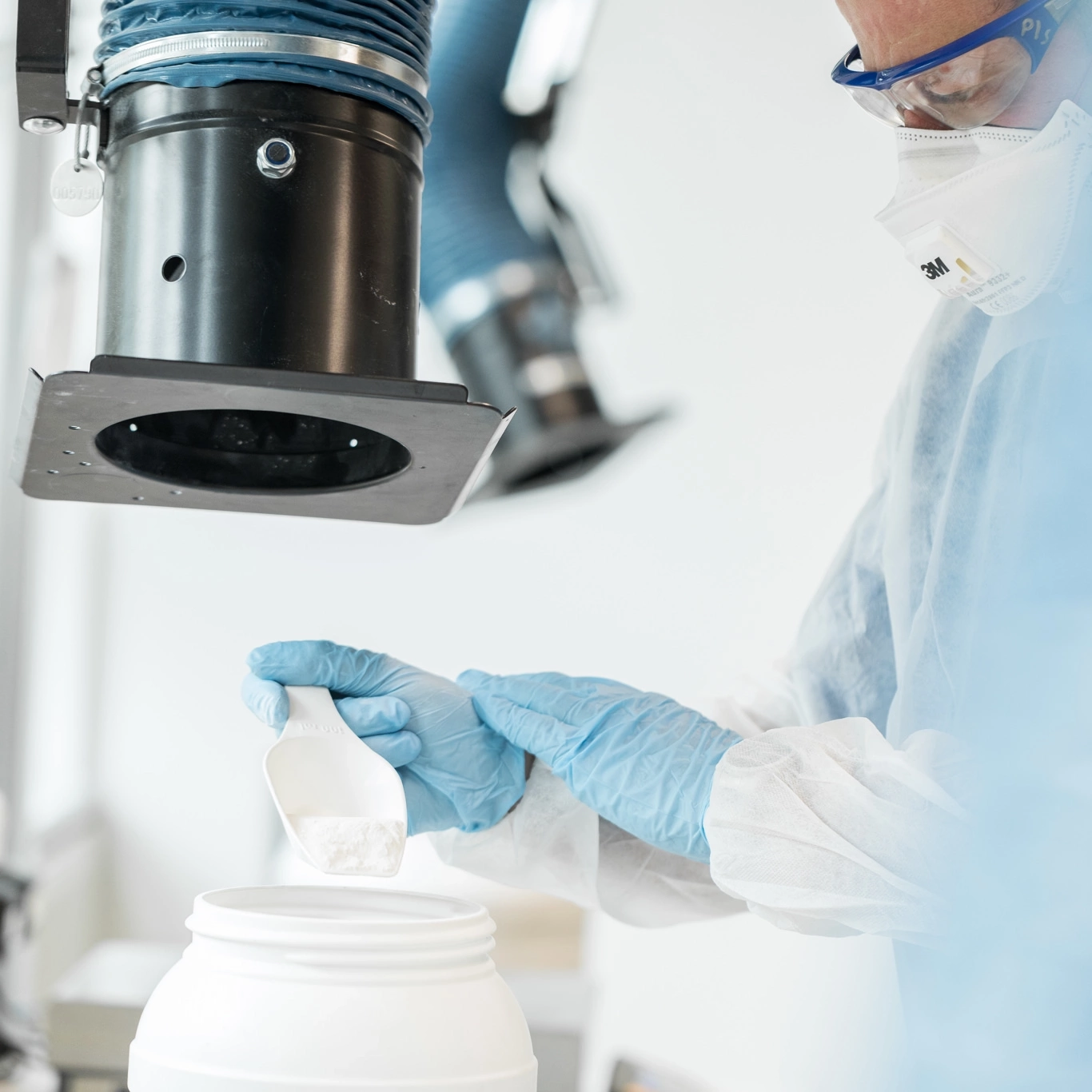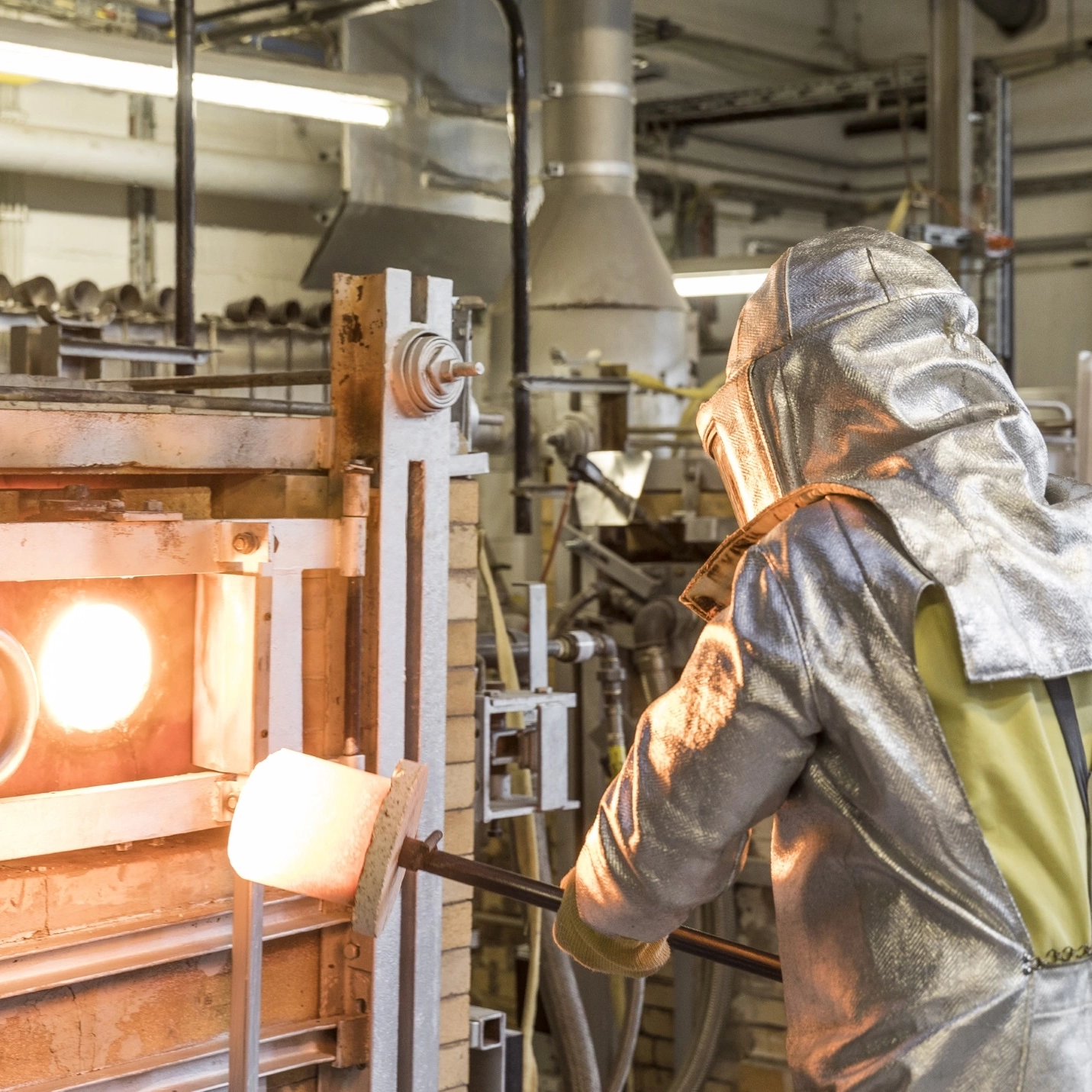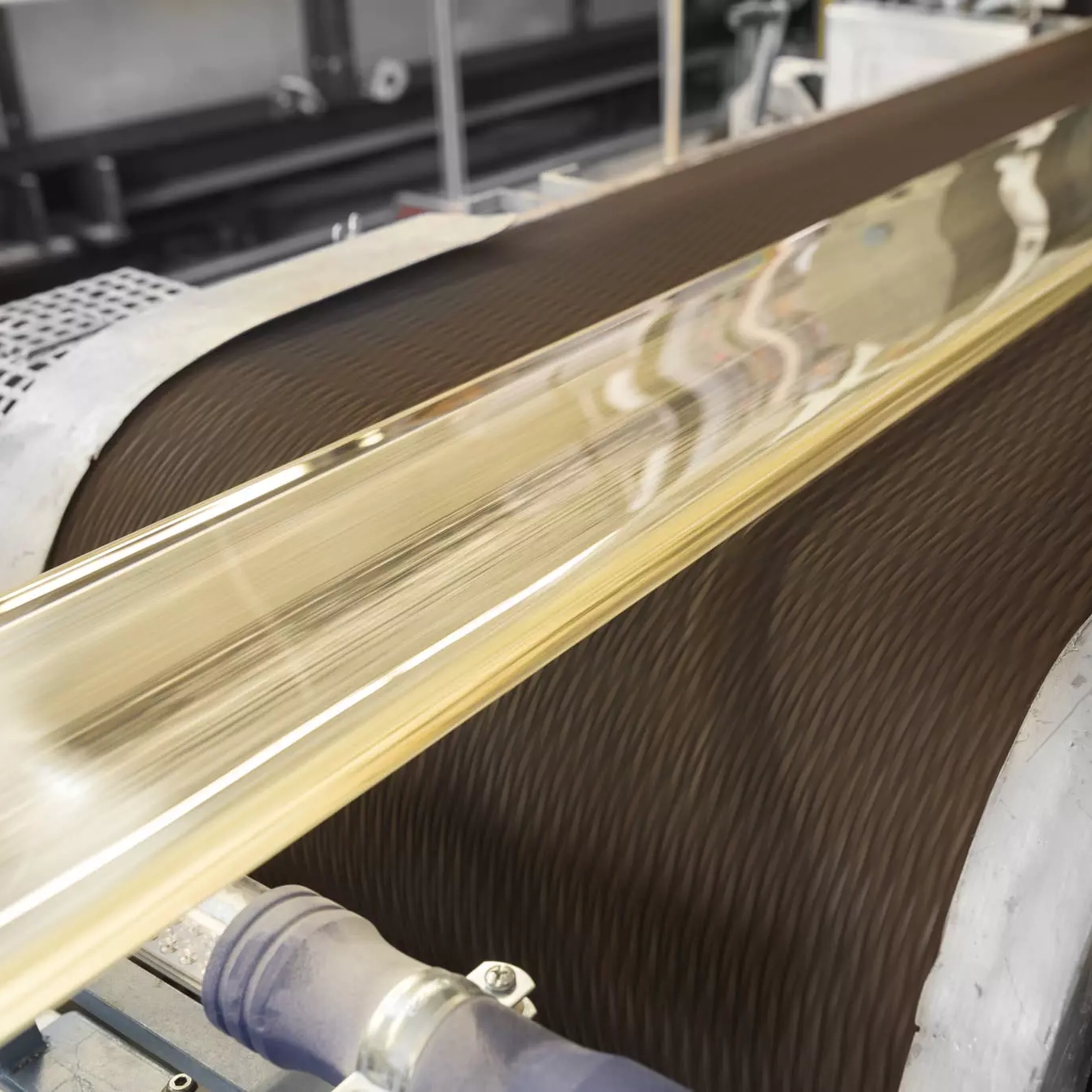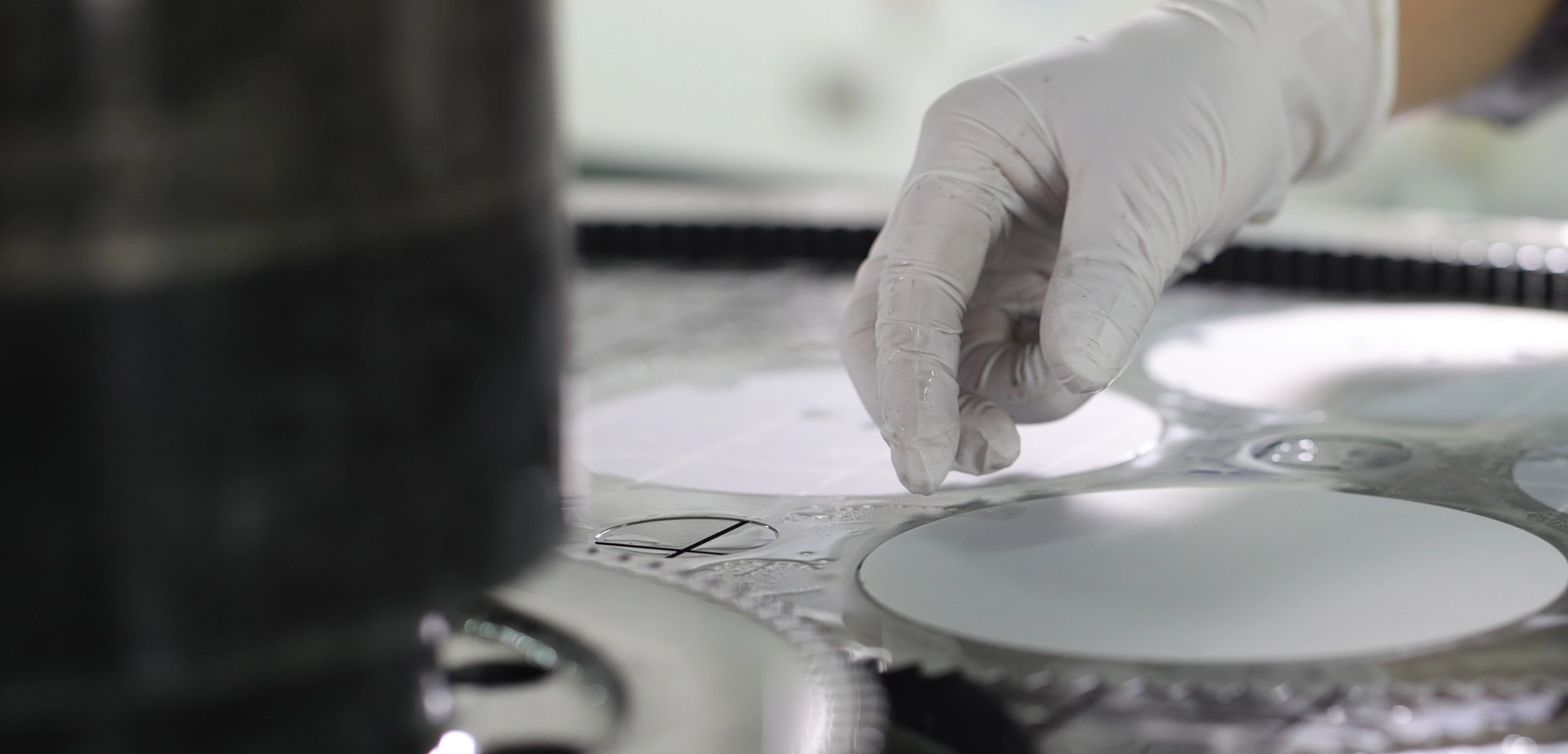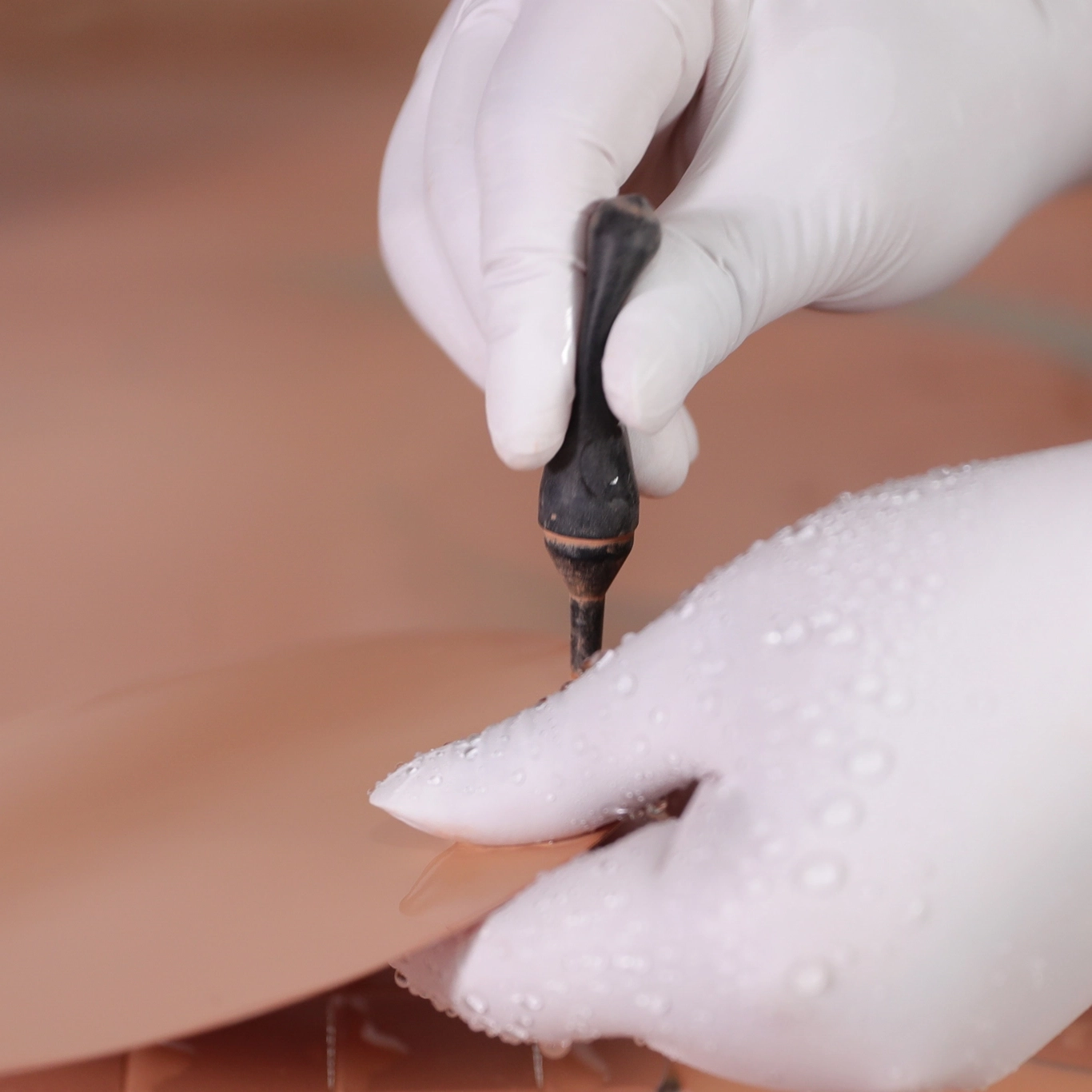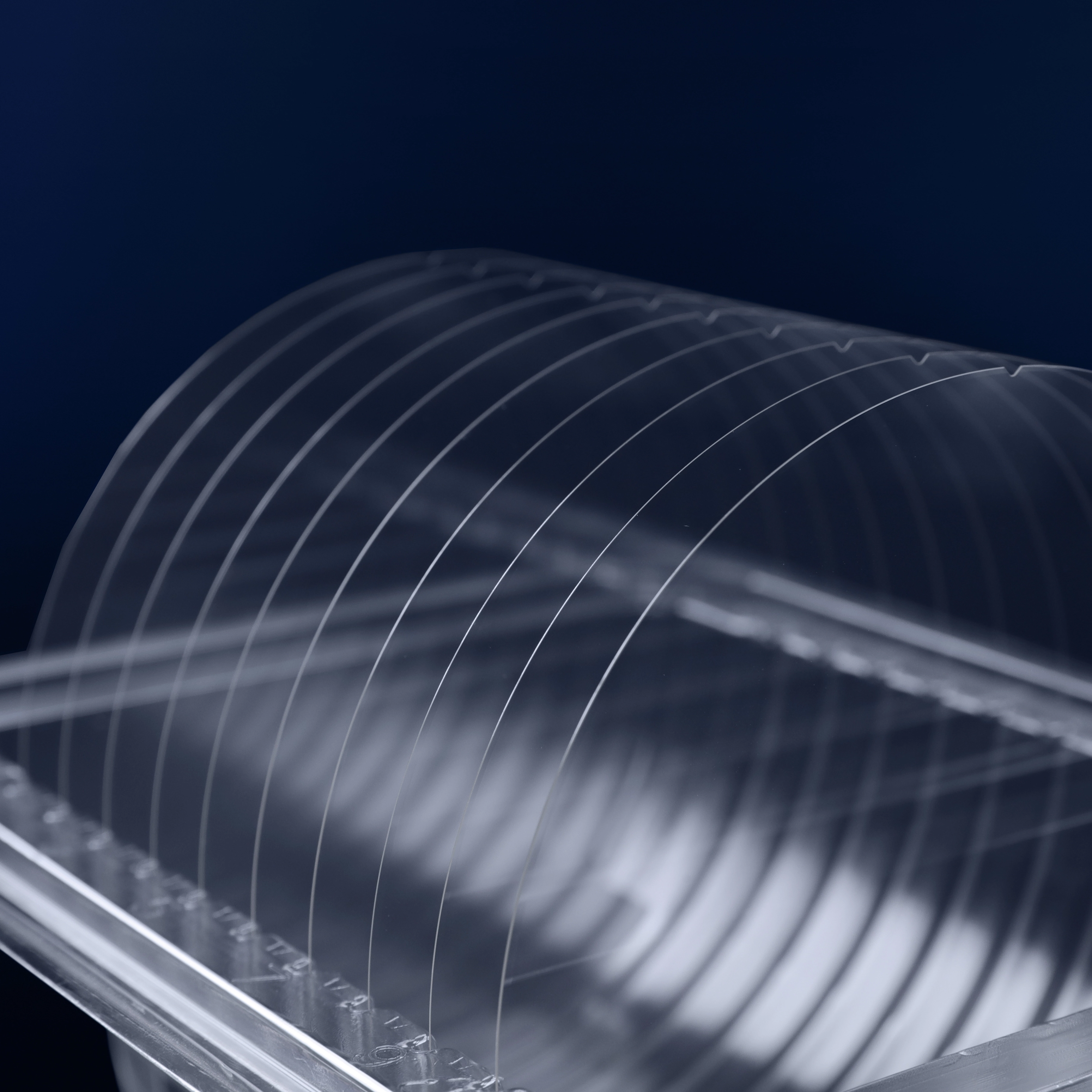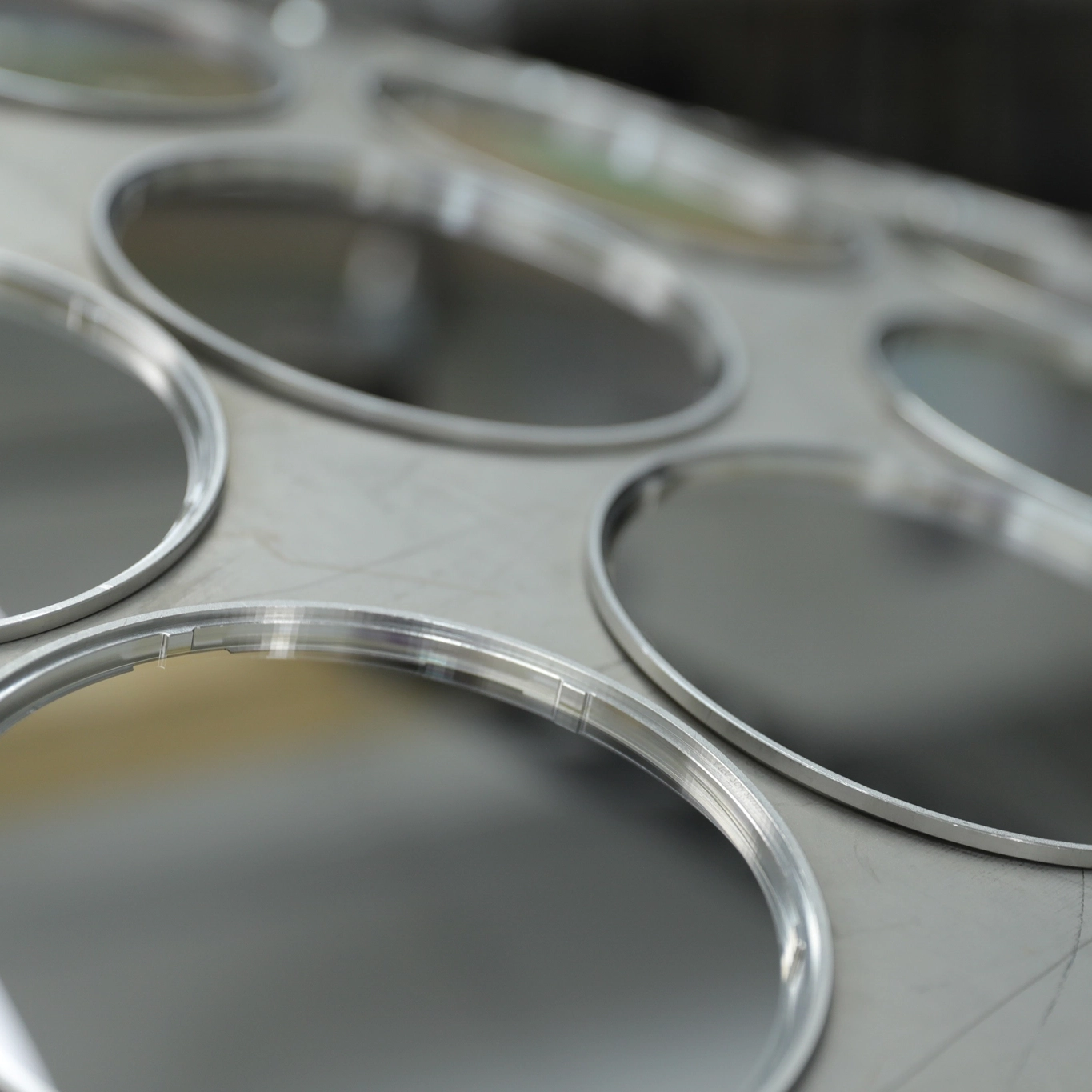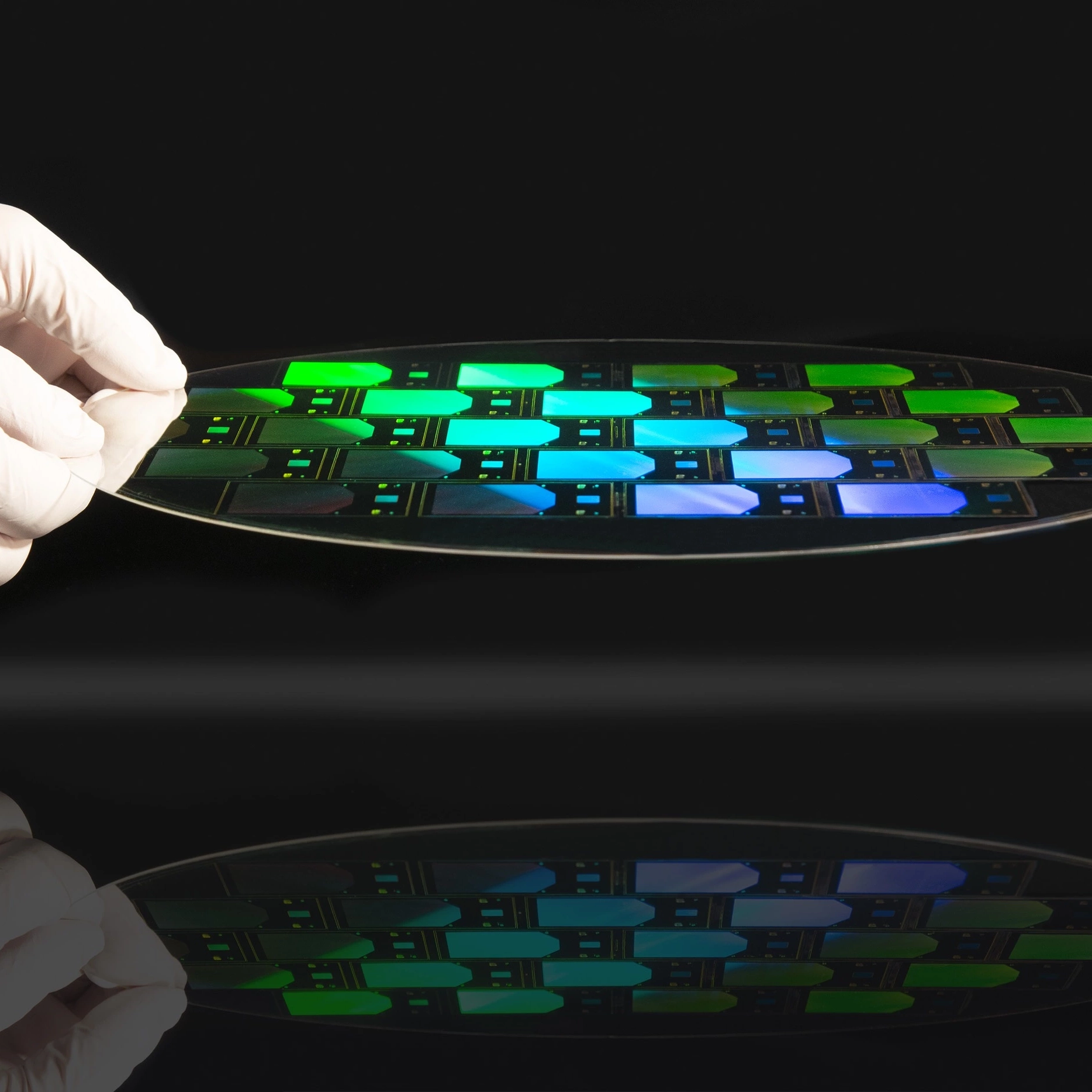
On the edge of augmented reality
The consumer electronics industry is looking for the next big thing. With foldable phones with flexible screens currently celebrating their comeback with increasing sales volumes, wearable tech is also emerging. One particular potential billion-dollar market addresses smart glasses that enable augmented (AR) or mixed reality (MR). Keep reading to discover where the industry and all its players are currently heading, and why the material glass plays an essential role in solving existing obstacles.
Augmented and mixed reality: An emerging high-tech industry
Following early innovators such as Microsoft, the number of big brands and venture capital funded companies investing in research and development has evolved over the past few years. AR/MR appliances like RayBan Stories or the developer-focused Snap Spectacles have already been revealed to the public, offering a first glimpse at the applications and opportunities that might be part of more powerful devices in the future.
One thing future mixed reality technologies have in common is their ability to guide digital information via light waves and merge this virtual content with the user’s natural view. What’s needed to achieve a smooth mix of digital and real content are waveguides, which route the wavy bits and pieces right into the user’s eyes. Here is where optical glass plays a vital role as a substrate material: thanks to its optical and physical capabilities, it has superior performance and quality compared to alternative materials.
Key drivers for an AR/MR breakthrough
“To attract broader interest from a tech-savvy target group, the appliances need to offer an immersive experience with a large field of view, or FOV, while still being comfy to wear without carrying too much weight,” says Matthias Jotz, Head of Product Management for Augmented Reality at SCHOTT. “Additionally, they need crisp image quality as well as a long battery life so that they can easily last for hours while connected to 5G networks.”
Refractive Index & Abbe diagram
In optics, the refractive index of an optical medium is a dimensionless number that indicates the light bending ability of that medium. The refractive index determines how much the path of light is bent, or refracted, when entering a material. The diagram plots the Abbe number against the refractive index for a range of different glasses.
The Abbe diagram was invented by Ernst Abbe (1840-1905), a German physicist who founded the Carl Zeiss Foundation, which is the sole shareholder of Carl Zeiss AG and SCHOTT AG. Abbe’s diagram is also known as “the glass veil.” Glasses are classified using the SCHOTT glass letter-number code to reflect their composition and position on the diagram. The Abbe diagram ends with index numbers beyond 1.9, underlining such glasses’ outstanding optical capabilities.
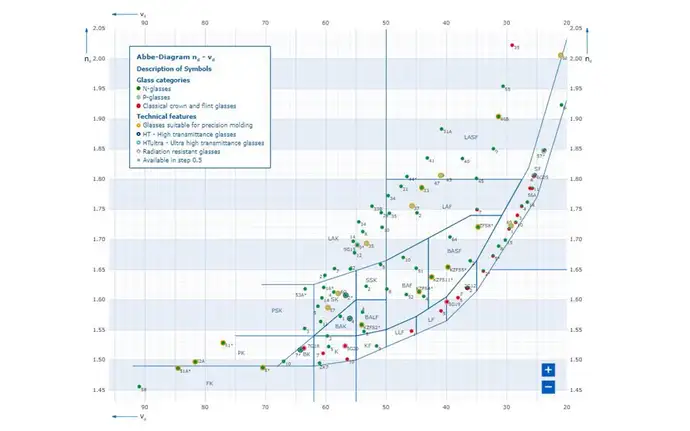
Matthias, an enthusiastic thirtysomething with a subtle dialect from Germany’s Franconia region, knows the AR/MR industry well, as he is in constant exchange with the big brands and innovators constantly pushing technology related to AR/MR. One of his major tasks is bridging the gap between traditional glass making and the vibrant consumer electronics industry.
“Some AR companies focus on the most immersive experience with an outstanding FOV and the crispest images. Other big names compromise here, focusing on weight reduction for the best wearability and a subtle look for smart glasses,” Matthias adds. He explains that a wide field of view is mainly connected to a high refractive index of the waveguide material. However, the higher the refractive index of an optical glass, the more metal or rare-earth ingredients are added to the glass formulation, making the product heavier. “Usually, this dependence on an increasing refractive index and a higher weight would mean a huge drawback for innovators looking for the best optical solution while also having a sleek and lightweight design in mind,” Matthias adds. “Our glass scientists took on this challenge and managed to keep the refractive index beyond 1.9 while cutting weight by half and improving wafer flatness. This was made possible thanks to an all-new glass formulation dedicated to augmented reality that adds less heavy metal ions while enhancing the mechanical properties.”
About Matthias Jotz
Dr. Matthias Jotz studied mechanical and electrical engineering in Berlin and holds a master's degree in International Business Administration from European University in Frankfurt (Oder) and NEOMA Business School in Reims, France. He also received a PhD in process engineering from TU Ilmenau in 2021. In 2013, he began working for SCHOTT as an application engineer, working in process engineering and heading the development activities for foldable glass (SCHOTT UTG® and Xensation® Flex). After that, he switched to product management and business development for SCHOTT’s wafer and thin glass business (including FLEXINITY®). Since December 2020, he has been the head of product management for SCHOTT’s augmented reality team.

The process of producing optical glass goes back to Otto Schott, the founder of SCHOTT, who is also the inventor of specialty glass. Naturally, the mass-production process has further evolved since his experiments in the 1880s, although some core steps have remained the same since then.
It all starts with the glass mixture, a combination of quartz sand and different metal oxides. This mixture is heated up until it melts at around 1600 °C – the molten glass band is formed, before cooling down in a controlled manner, a process called annealing. Besides the ingredients and many melting parameters like exact temperature and the amount of oxygen, among others, the glass’ optical quality is affected by the annealing process itself. It can takes several weeks to achieve the best optical quality.
Turning sand grains into high-index glass wafers – the journey
What makes a glass wafer a waveguide
Adding permanent optical gratings onto a glass wafer, even in formats with a 300 mm diameter, is something Austrian EV Group (EVG) focuses on. Located in St. Florian am Inn, the company specializes in supplying high-volume production equipment and process solutions for the manufacture of semiconductors, MEMS, compound semiconductors, power devices, and nanotechnology devices – such as AR/MR waveguides. Their volume-proven nanoimprint tools are capable of adding nanostructures with optical functions onto the glass wafers, turning them from wafers into waveguides.

Two process engineers inspect an AR wafer with a diameter of 300 millimeters after the nanolithography process on an EVG HERCULES® NIL machine. Image credit: © EV Group
“A waveguide for augmented or mixed reality transfers light from one point to another. These waveguides consist of nanostructures, called “gratings,” which are precisely added on top of the glass wafers using our nanoimprint lithography tools,” says Andrea Kneidinger, Business Development Manager at EVG. “The gratings with dedicated optical functions allow the light to enter and leave the glass substrate in which the light is guided by internal reflection.” While the optical specifications and the waveguide design are specified by optical designers, EVG equipment enables the exact fabrication and replication of the waveguide designs onto the substrate afterwards, Andrea adds. She continues: “Depending on the size of the design, you can add multiple waveguides onto the glass substrates, which subsequently enable large scaling factors of the original single waveguide designs.”
Additionally, in order to add grating structures onto the glass substrates, one needs a tailor-made resin that matches glass’ refractive index. A company that supplies such a high-end resin fitting a 1.9 refractive index is Finland-based Inkron Oy, a member of the Japanese Nagase Group.
After EVG NIL machines add the optical gratings on the glass wafer, a laser cuts out each eyepiece from the wafer. The larger the wafer diameter, the more eyepieces can be cut out each wafer, and the lower the cost per eyepiece. Each appliance maker now adds an optical engine, battery, etc., and combines all components to make AR/MR glasses.
(1) Projector emits the light waves of the digital image in the direction of the waveguides.
(2) The projector’s light waves are coupled into the waveguide at a defined position with the help of a grating.
(3) Light waves of each color are coupled out n times in the defined grating area. Since each human eye is individually shaped, the light waves must be decoupled n times. Waveguide technology typically uses three glass wafers, each one serving as a waveguide for one color in the red-green-blue (RGB) color space. In this simplified image, only one RGB image is shown.
(4) The mobile, unfixed human eye perceives both the digital and real images. This creates the impression of an augmented reality.
SCHOTT® Geometric Reflective Waveguides: the industry's other bet
Besides the diffractive waveguides that count on high-index glass wafers and optical gratings, there is an alternative technology that was developed by Lumus: Geometric Reflective Waveguides. Unlike refractive waveguides, Geometric Reflective Waveguides use a cascade of semi-reflective mirrors within the glass. These mirrors guide part of the light out of the waveguide into the user’s eyes without featuring any optical gratings.
“Geometric Reflective Waveguides expand the images and reflect the digital information that comes from the projector into the user’s eye,” says Ari Grobman, CEO of Lumus. Grobman, born and raised in the United States, has worked at Lumus for more than 15 years. In 2017, Grobman became the CEO of Lumus. You can literally feel his pride when talking about the achievements of his company. “We are in constant high-level discussions with the big consumer brands out there and strongly believe in a mass-scaled adoption of our technology together with our manufacturing partner SCHOTT,” Grobman adds.
But how does Lumus produce the Geometric Reflective Waveguides? “A Geometric Reflective Waveguide mainly consists of a very clear optical glass, advanced coatings, and some processing steps we secured by IP. At Lumus, we license the technology to our partners who are responsible for scaling up to mass production,” Grobman continues.
In 2020, SCHOTT and Lumus announced a strategic partnership where the specialty glassmaker assumes all steps of producing the Geometric Reflective Waveguides, from manufacturing the highest grade of optical glass to all subsequent processing steps up to the final waveguides.
Rüdiger Sprengard, Vice President of Augmented Reality at SCHOTT says: “As glass lovers, we are supporting innovators in AR and MR on all ends of the supply and manufacturing chain.” In Sprengard’s opinion, the market, innovative companies, software, and – ultimately – end consumers will decide which waveguide technology will win.
“The bottom line is: In the end all major steps in bringing AR to mass market are driven and enabled by a key component which is glass. Our heritage defines our commitment to the future, because we believe that our vision can advance the world,” Sprengard adds. While saying this, he points at an image of Marga Faulstich (1915-1998), an optical glass scientist and the inventor of the Schwerflint 64, or SF64, lens. Marga’s invention changed how humanity envisions the world, making today’s glasses and sunglasses possible. Perhaps augmented reality will take Marga’s vision even further?

